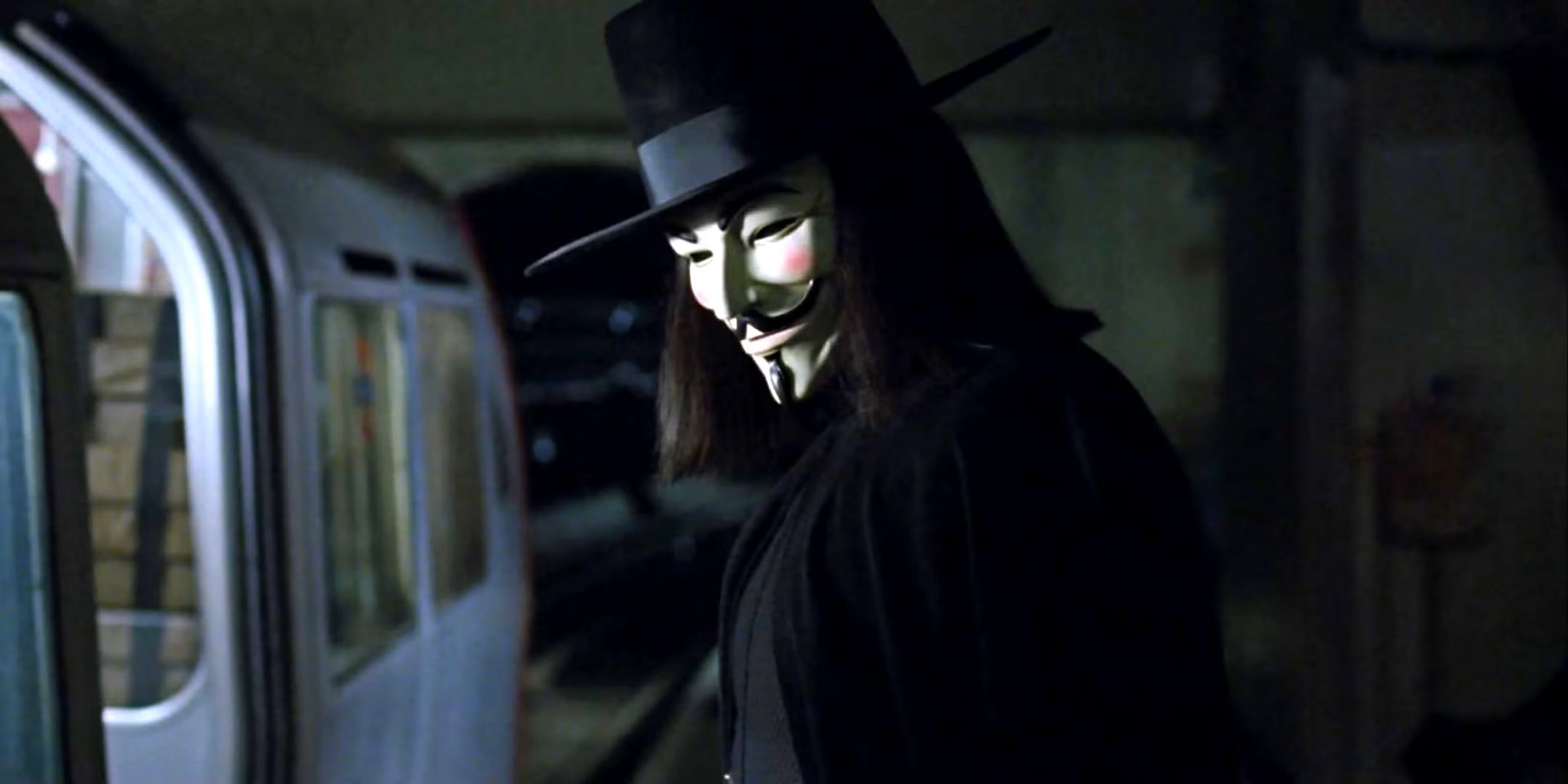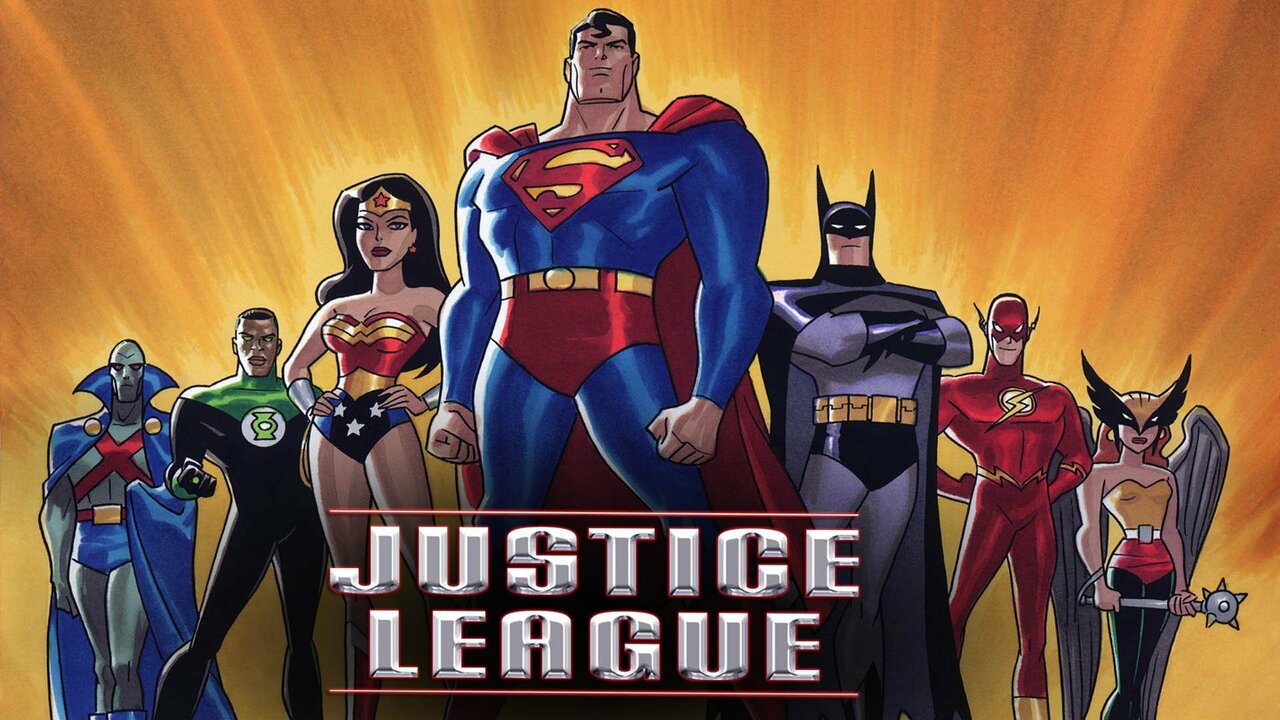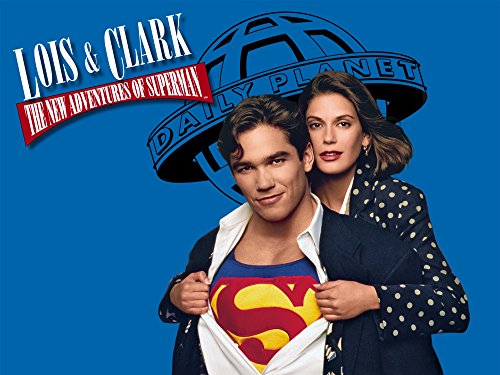V for Vendetta (2005) — A Dystopian Tale of Revolution and Identity

Released in 2005, V for Vendetta is a gripping dystopian thriller that explores themes of freedom, rebellion, and the power of ideas. Directed by James McTeigue and produced by The Wachowskis, the film is based on the acclaimed graphic novel by Alan Moore and David Lloyd. It combines powerful political commentary with emotional storytelling and unforgettable imagery — most notably, the now-iconic Guy Fawkes mask.
The Story
Set in a futuristic, totalitarian Britain, the story unfolds in a world where the government — led by the authoritarian High Chancellor Adam Sutler (played by John Hurt) — maintains control through fear, propaganda, and censorship.
In this oppressive society, one man dares to fight back: V (played by Hugo Weaving), a mysterious, masked vigilante inspired by the historical figure Guy Fawkes, who attempted to blow up the British Parliament in 1605. V lives in the shadows, plotting to ignite a revolution against the regime that destroyed his life and the lives of countless others.
One night, V saves a young woman named Evey Hammond (played by Natalie Portman) from the secret police. Through her eyes, we witness V’s campaign of vengeance and rebellion unfold — a mission that challenges both her beliefs and her understanding of courage, freedom, and truth.
As V carries out his plan to topple the corrupt government, Evey undergoes her own transformation, ultimately realizing that the fight for freedom is not about one person, but an idea that cannot die.
The Cast
The film’s performances elevate its already powerful script and visuals:
Hugo Weaving as V, the masked revolutionary who becomes the symbol of resistance.
Natalie Portman as Evey Hammond, a young woman whose journey from fear to empowerment mirrors the nation’s awakening.
John Hurt as High Chancellor Adam Sutler, the cold and tyrannical ruler of Britain.
Stephen Rea as Inspector Finch, a conflicted government official who begins to question the regime he serves.
Weaving’s performance, entirely behind a mask, conveys deep emotion through voice and body language, while Portman’s powerful portrayal — including her iconic shaved-head scene — anchors the film’s human side.

Themes and Symbolism
V for Vendetta explores enduring themes that remain relevant today:
Freedom vs. Oppression: The movie portrays how governments can manipulate fear to control citizens, raising questions about power, security, and liberty.
The Power of Ideas: V’s famous line — “Beneath this mask there is more than flesh. Beneath this mask there is an idea… and ideas are bulletproof.” — captures the essence of resistance through ideals rather than individuals.
Identity and Transformation: Both V and Evey undergo transformations — one physical and ideological, the other emotional and moral — symbolizing personal liberation through courage and self-discovery.
The film’s imagery, particularly the Guy Fawkes mask, became a real-world symbol of protest and resistance, used by movements like Anonymous and global activist groups.
Reception and Impact
Upon release, V for Vendetta was both critically acclaimed and politically controversial. Many praised its visual style, performances, and thought-provoking message, while others debated its portrayal of terrorism and rebellion.
It grossed over $132 million worldwide, and over time, it gained cult status for its artistry, dialogue, and cultural relevance. The film continues to resonate in discussions about government surveillance, civil liberties, and political resistance.
Legacy
More than a dystopian thriller, V for Vendetta remains a call to awareness and action. Its influence extends beyond cinema, inspiring protests, political art, and modern discussions about democracy and individual freedom.
The Guy Fawkes mask — once a symbol of rebellion in fiction — has become a universal emblem for those who challenge authority and fight for justice.
Final Thoughts
V for Vendetta endures as one of the most intelligent and visually striking films of the 2000s — a perfect blend of political allegory, emotional storytelling, and stylistic action. It reminds viewers that while governments may rise and fall, ideas have the power to reshape the world.





